At what distance to plant zucchini?

Zucchini is one of the most valuable vegetable crops and boasts a large amount of vitamins, pleasant taste and unpretentious care. Due to the fact that this vegetable crop is actively used in the cooking process, a lot of novice gardeners choose exactly zucchini for planting.
To get a rich harvest, you need to know the basic rules for seed preparation, the peculiarities of growing crops in open ground and in greenhouse conditions, and also choose the right variety correctly.
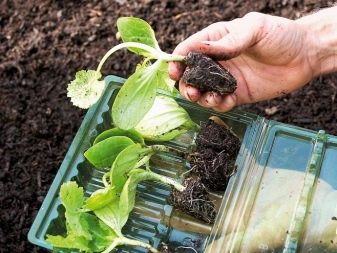
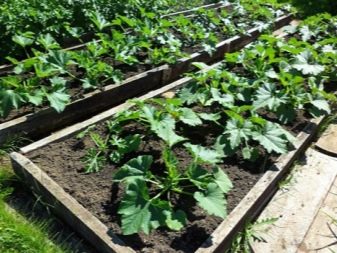
Outdoor planting patterns
The success of growing this vegetable crop in open ground mostly depends on the quality of the preliminary work carried out. In addition, it is necessary to correctly select the most optimal scheme with which the zucchini can grow and receive a sufficient amount of sunlight. The most popular are two landing patterns. These are long-haired and bush schemes. It is necessary to adjust the distance between the bushes depending on the variety of the crop used. If these are bush zucchini, then it is permissible to use a 60x60 or 70x70 scheme.
However, it is possible to adhere to such a scheme only if the growing process takes place in a seedling way. It is necessary to sow seeds in open ground at the maximum rate. If the summer cottage cannot boast of a large amount of free space, then to save space, you can use more compact schemes, but you should definitely tie up the strings of zucchini.
The best option is to plant zucchini in a checkerboard pattern, so you can avoid tangling lashes and provide each fruit with the necessary amount of sunlight for growth.
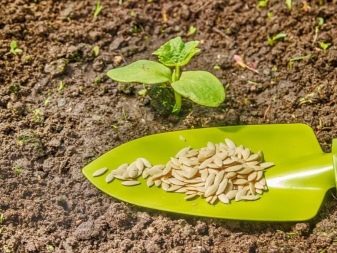
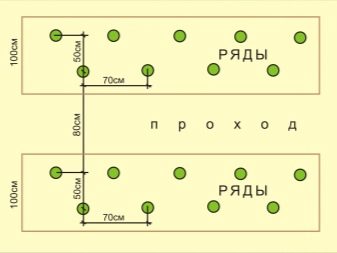
How to plant in a greenhouse?
The main advantage of growing zucchini in greenhouse conditions is the ability to get an early harvest. First of all, it is necessary to carry out preparatory work by equipping a film greenhouse. Besides, you can use an ordinary polycarbonate greenhouse, which is famous for its reliability and durability. The main parameter that guarantees success is the width of the beds. If the cultivation takes place in winter in regions with cold weather, then it will be necessary to raise the greenhouse above the ground or install it on a small foundation. Thanks to this, it will be possible to guarantee an optimal microclimate inside the greenhouse, which is very important for the normal growth of the crop. The daytime air temperature inside the greenhouse should be about 23 degrees, and the soil should never cool below 20 degrees.
Summer residents are advised to use loose soil for growing zucchini, which has a minimum acidity. Immediately before planting, it is imperative to use mineral fertilizer and ash, which provide the future crop with the necessary amount of useful trace elements. It is also worth using special means that will prevent the multiplication of pathogens that can manifest themselves in a greenhouse. The main advantage of the greenhouse is that zucchini can be grown here throughout the year. The most optimal is the seedling method, which allows you to achieve the maximum yield with minimal effort. To get your first harvest in early spring, the seeds must be planted at the end of January.It should be noted that cultivation by seeds in a greenhouse can only be carried out if it is necessary to get a harvest in the fall.
One of the most important points is choosing the optimal planting pattern. Given the fact that when growing zucchini in greenhouse conditions, bush varieties are usually chosen, the distance between the holes should be at least 70 cm, and the width of the rows is at least 80 cm.The most advantageous planting is parallel, since it allows each fruit to grow without disturbing others.
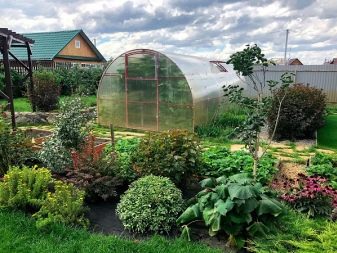
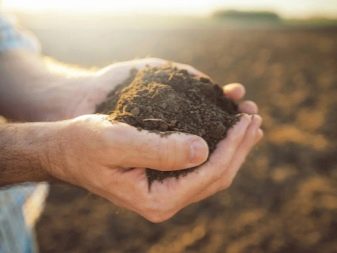
To ensure natural pollination of the crop in the greenhouse, it will be necessary to open the vents. In addition, it is best to process vegetable crops with sugar syrup, which will attract various insects here. If the harvest is planned to be obtained in early spring, pollination should be carried out manually.
One of the most difficult moments in the process of growing zucchini in greenhouse conditions is protecting the crop from various harmful microorganisms. The main problem is that in closed conditions such microorganisms can multiply rapidly, therefore it is necessary to pay close attention to the state of the zucchini and take the necessary measures in time. If powdery mildew or other similar harmful microorganisms are found, it is necessary to immediately carry out the treatment with an iodine solution or specialized means that can be found in any suburban store.
Irrigation characteristics are also important for crop growth. It is necessary to water the culture exclusively at the root every week, and the water should not be cold. The optimal water temperature is 20 degrees. Watering should be carried out in such a way that the liquid does not get on the leaves or flowers of the fruit, so as not to lead to rotting in the future.
If you do not provide the zucchini with the required amount of water, then the taste of the fruit will deteriorate, and the flesh will begin to taste bitter. It is necessary to stop watering the plants a week before harvesting. This time will be quite enough for the leaves of the plant to turn up, but the fruit itself is not damaged. During the flowering of zucchini in the greenhouse, it is best to fertilize the soil using a complex composition that includes both organic and mineral compounds.
After the appearance of the first fruits, it is immediately worthwhile to make top dressing in the form of phosphorus and potassium, which will provide the culture with the necessary amount of useful trace elements for growth.
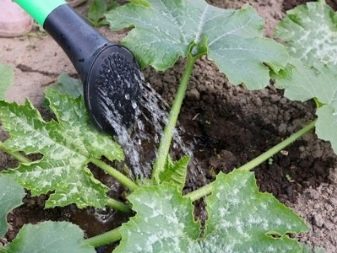

Planting taking into account the variety
Their variety is of great importance in the cultivation process of zucchini. It is on its basis that the optimal conditions for planting should be selected. Among the most popular varieties for cultivation are the following.
- "Aeronaut". It is a bushy variety that is renowned for its resistance to various diseases. The fruits are oblong, green in color, and the maximum yield can exceed 7 kg per square meter. Thanks to this, this variety can be planted both in the open field and in greenhouse conditions.
- "Cavili". It is a high-yielding variety distinguished by its early maturity and good fruiting frequency. In addition, it boasts resistance to various diseases. Very often "Kavili" is used for growing in greenhouse conditions.
- Iskander. This variety is only suitable for growing outdoors, and it can bear fruit until the first frost. If you plant correctly, then from one square meter of the garden you can collect about 15 kg of fruit.
- Gribovsky. This is a mid-season variety with average yields. The fruits are light, have a large size and a dense skin. Very often, such zucchini are chosen for storage for the winter. The ability to withstand almost any disease and pest makes this variety an excellent choice for both greenhouse cultivation and outdoor planting.
Thus, zucchini is an excellent vegetable crop for planting both in the greenhouse and in the open field. They are quite unpretentious in care, which greatly simplifies the process of planting and growing and allows even a novice summer resident to cope.
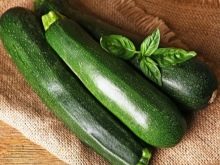

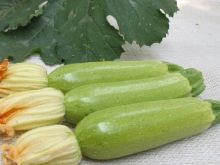













The comment was sent successfully.